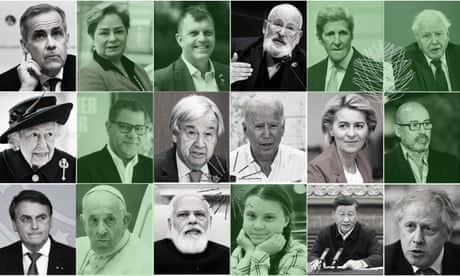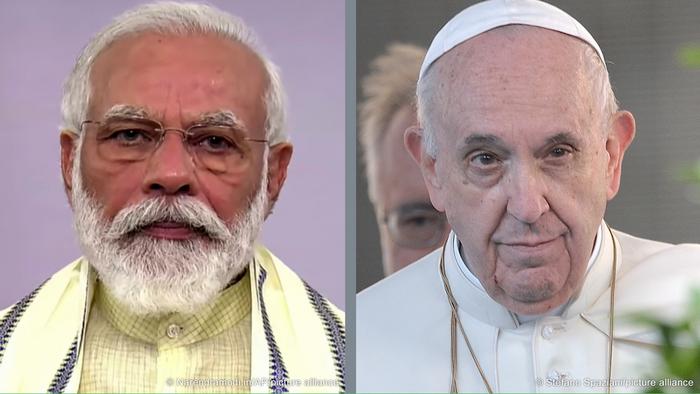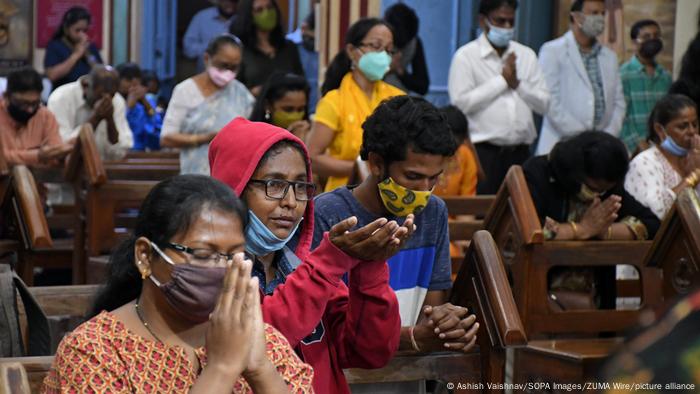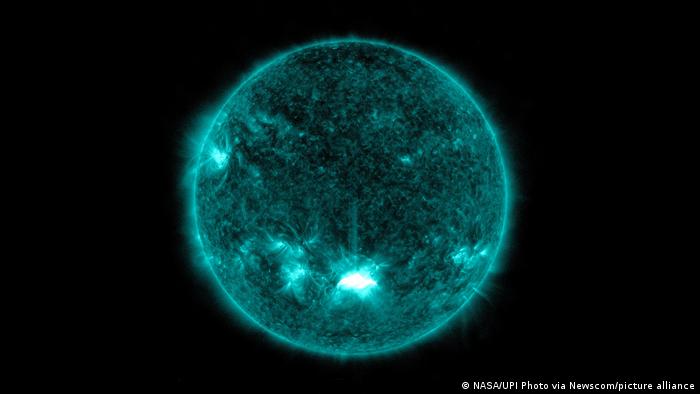Scientists say keeping temperature rises to 1.5C is vital physical threshold for planet that cannot be negotiated

Fiona Harvey Environment correspondent
Sat 30 Oct 2021 07.00 B
The 1.5C temperature limit to be discussed by world leaders at critical meetings this weekend is a vital physical threshold for the planet’s climate, and not an arbitrary political construct that can be haggled over, leading climate scientists have warned.
World leaders are meeting in Rome and Glasgow over the next four days to thrash out a common approach aimed at holding global temperature rises to 1.5C above pre-industrial levels, the lower of two limits set out in the 2015 Paris climate agreement.
But some countries are unwilling to peg their emissions plans to the tougher goal, as it would require more urgent efforts. They prefer to consider long-term goals such as net zero by 2050.
Johan Rockström, the director of the Potsdam Institute for Climate Impact Research and one of the world’s foremost climate scientists, warned that the 1.5C target was not like other political negotiations, which can be haggled over or compromised on.
“A rise of 1.5C is not an arbitrary number, it is not a political number. It is a planetary boundary,” he told the Guardian in an interview. “Every fraction of a degree more is dangerous.”
Allowing temperatures to rise by more than 1.5C would vastly increase the risk of irreversible changes to the climate, he said. For instance, it would raise the risk of the Arctic losing its summer ice, with dire knock-on effects on the rest of the climate as the loss of reflective ice increases the amount of heat the water absorbs, in a feedback loop that could rapidly raise temperatures further.

Who’s who at Cop26: the leaders who hold the world’s future in their hands
The Greenland ice sheet, the melting of which would raise sea level rises, could also be tipped into a state of irreversible decline beyond 1.5C.
A rise of more than 1.5C would also threaten changes to the Gulf Stream, which could also become irreversible. It could result in catastrophe for biodiversity hotspots, damage agriculture across swathes of the globe, and could inundate small islands and low-lying coastal areas.
“This is real science – it is a real number. Now we can say that with a high degree of confidence,” he said, as 1.5C indicated a physical limit to the warming the planet can safely absorb.
Rockström added: “[Staying within] 1.5C is achievable. It is absolutely what we should be going for.”
The leaders of the G20 group of the world’s biggest economies – developed and developing – are meeting on Saturday in Rome. They will fly to Glasgow for Monday morning, where they will be joined by more than 100 leaders from the rest of the world for the UN Cop26 climate summit.
The UK, as host of Cop26, has set the aim of “keeping 1.5C alive”, but some countries – including China, Saudi Arabia and Russia – have been reluctant to agree to focus on the 1.5C limit, preferring to point out that the Paris agreement states the world must hold temperatures “well below” 2C while “pursuing efforts” to stay within 1.5C.

Wealthy nations urged to meet $100bn climate finance goal
However, scientific research since the Paris agreement was signed has added to a compelling body of global science showing that if temperatures are allowed to rise by more than 1.5C, the consequences will be severely damaging and many are likely to be irreversible.
Other leading climate scientists echoed Rockström’s warnings. Mark Maslin, a professor of Earth systems science at University College London, said: “The report by the Intergovernmental Panel on Climate Change (IPCC) published in 2018 made the science very clear: there are significant climate impacts all round the world even if we limit warming to 1.5C.
“The report also showed there were significant increases to impacts and damages if we overshoot this target … These results were fully supported by the very latest 2021 IPCC science report [published in August]. This is the science and these agreed climate targets set by the Paris agreement are non-negotiable and have been agreed already by all 197 countries of the UN.”
Joeri Rogelj, the director of research at the Grantham institute, Imperial College London, said: “Science tells us that climate change risks increase rapidly between 1.5C and 2C of warming. Looking at the last years, during which we experienced some of the impacts of a 1.2C warmer world [such as heatwaves, flooding and extreme weather] – one would be hard pressed to call this safe.”




 A boy works in a cannabis field on the outskirts of Kandahar Photo: AFP / BULENT KILIC
A boy works in a cannabis field on the outskirts of Kandahar Photo: AFP / BULENT KILIC




 As for pandemic preparedness in the medium and long term, we need to turn our attention to identifying which other viruses pose a threat and work to develop vaccines and other defensive measures against those.
As for pandemic preparedness in the medium and long term, we need to turn our attention to identifying which other viruses pose a threat and work to develop vaccines and other defensive measures against those.